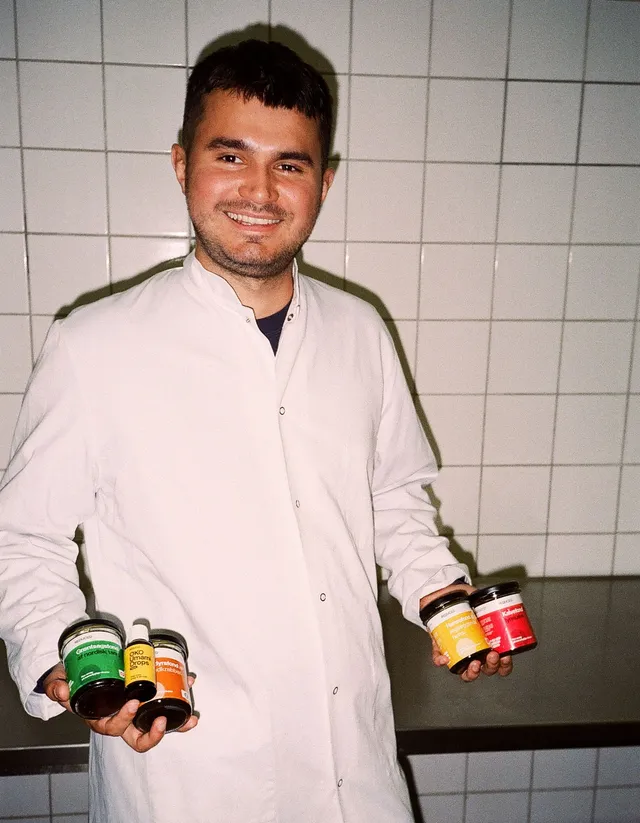William Lauf Olsen
Reduced FoodsWilliam Lauf Olsen
Reduced FoodsFrederik Gregersen
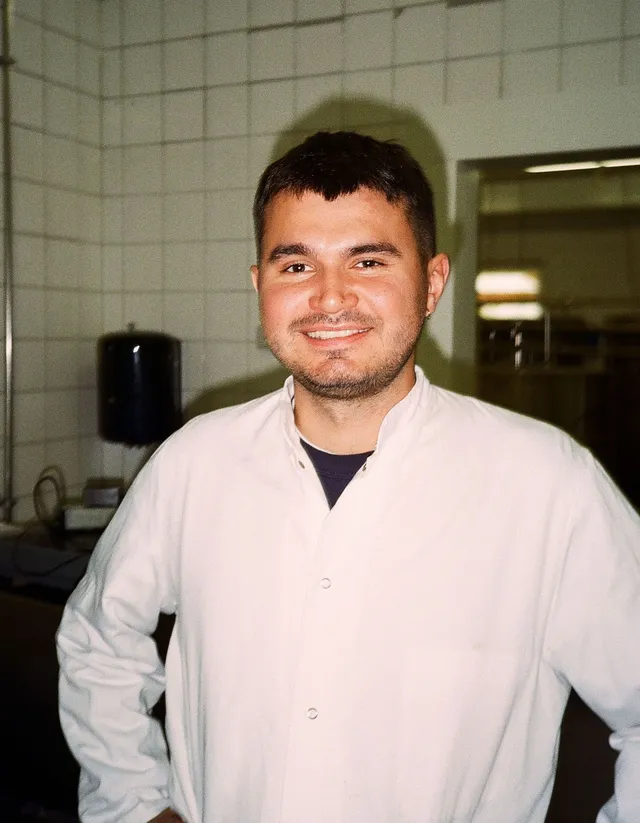
Q
Can you start by introducing REDUCED?
A
"REDUCED is an innovative food production company that produces delicious products out of waste streams from the food industry. We are located in Copenhagen, in our plant in Nordhavn.
Here we ferment things like chicken, mushrooms, and other stuff, creating really potent umami products. Our methods are as simple as boiling protein and vegetables to make a stock. We have five products right now. We have the umami drops with chicken that are on the market, then we have umami drops with mushrooms and with legumes coming up.
Furthermore we have four stocks, which are a veal stock made from milk production and chicken stock made from egg production. In addition we have a vegetable stock with ugly vegetables like deform or false, but still very good products. Last but not least we have the shellfish stock, which is based on snow crabs”
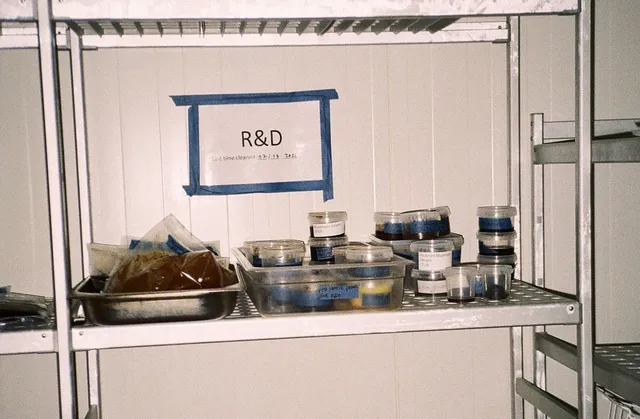
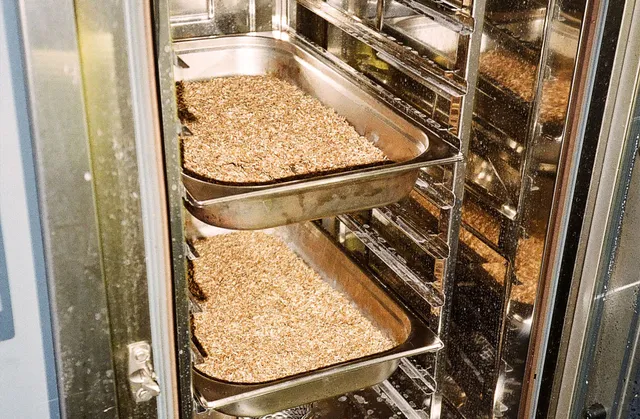
Q
How did you get the idea?
A
“It was through working in the restaurant industry where I could see how we always made use of different side streams. That could be bones when we got a big piece of meat or lots of vegetables. We collected all the waste we produced and then boiled them down to stocks, which is super convenient at a restaurant when you make sauces or soups. Seeing how we exploited waste in the restaurant industry made me realize that we could do this at a bigger scale and then sell it on a consumer level. That’s how the idea started.
My friend and Co-founder Emil and I became friends, because we went to the same gymnasium. He began studying law, and I became a trained chef. When we both finished school, we got together and thought it would be cool and fun to start this project. He has a father who is a chef. Food has been a big part of his life, and it obviously has for me. We have different backgrounds and skills, but very useful knowledge, if you want to start a food production company like REDUCED.”
Q
How do you reduce and upcycle food waste?
A
“There is a big universe of waste in the world. For us, it’s been mostly about finding methods and applications to create something valuable out of ingredients. We want to go beyond just roasting or searing. The key for us is to get something out of even the smallest little ingredient, though it’s super hard to work with.
For example, we have egg-laying chickens that we use for the chicken stock and the umami drops. They are designed to only lay eggs, so they are different from the regular chicken you would buy in the supermarket. The one in the supermarket is full of really nice meat and is super juicy. The type of meat we use is very lean and tough, so it makes it almost impossible to roast or sear in a pan and then just eat it, because it isn’t very delicious. The magic lies in the taste, and that is the key here.”
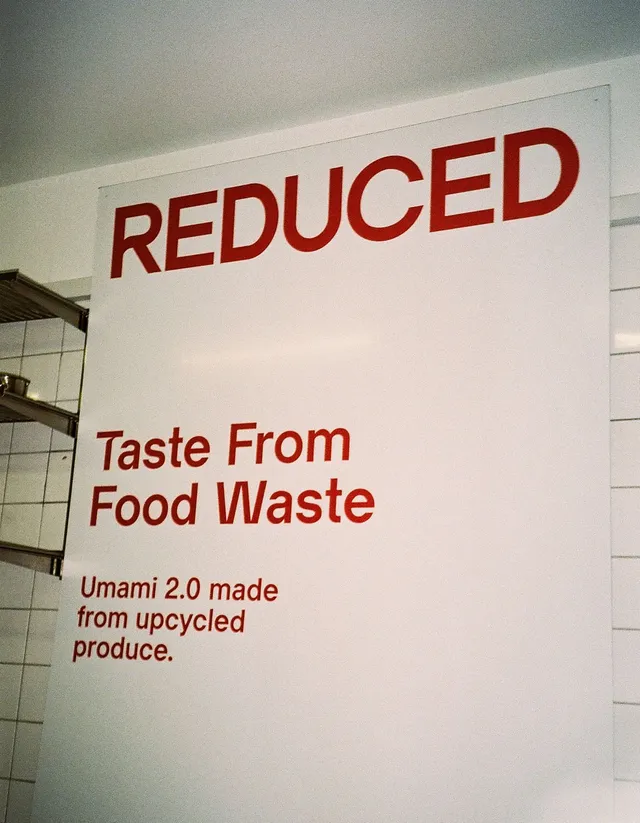
Q
How do you use fermentation to upcycle?
A
“Fermentation is a lot of things, but in our case, it’s a way of breaking down proteins in chicken or mushrooms and creating amino acids, which is umami, but it’s enzymes. The enzyme is something called koji, which is a mold that we grow on pearl barley. Koji is very rich in enzymes, which we then add to the mix of chicken, as well as salt and water. We simply let the enzymes break the protein in the chicken, and then create the umami taste. So nothing fancy about it.
Our mission is about creating a product that has value, and is good enough for people wanting to use it. Fermentation is just the way for us to transform waste into something that people want to eat anyway. That is why we call it “taste from waste.”
Q
How do you use your products?
A
“We have two categories. The stocks and the umami drops. The stocks take a little bit of work to use. You can’t just add them on top of your food, but they are great for soups, sauces or pasta. They are easy to use, but they have to be a part of a dish. The way you use them is basically to create this binding component in your dish, while you add a lot of taste. It definitely increases the flavors.
An example: Reduce the stock, add some wine or cream, and then you have a really delicious sauce for almost every meal. Otherwise you can add some stock to your pasta dish to give it some extra flavor.
It’s different with the umami drops, which are more like a sauce you can use on top of your pasta salad. We try not to overcomplicate the product because it’s basically just liquid that has an amazing taste. We tried to develop something that was everything that the stocks were not. If you don’t want to cook, like when you use the stocks, use the umami drops instead.”
